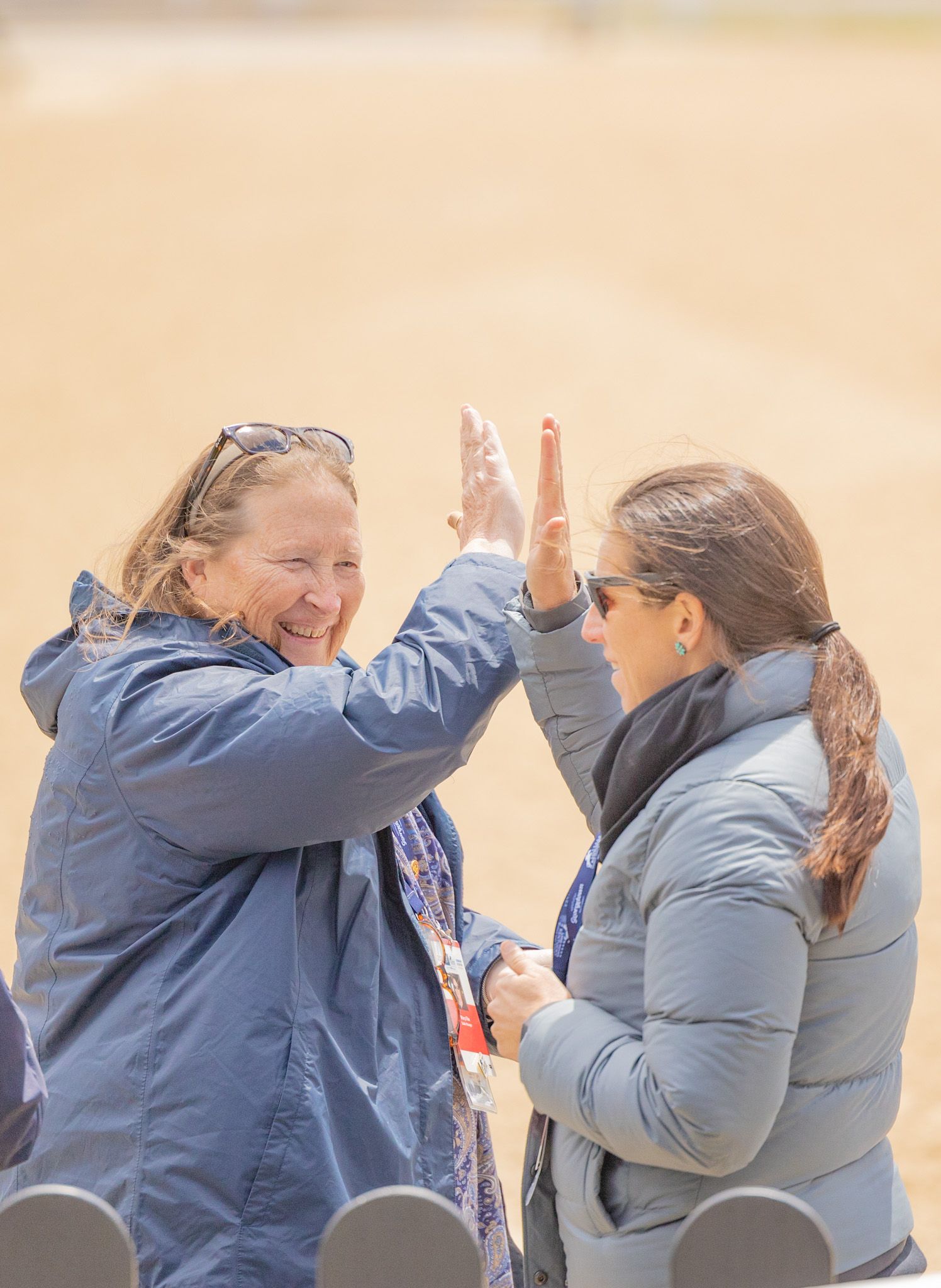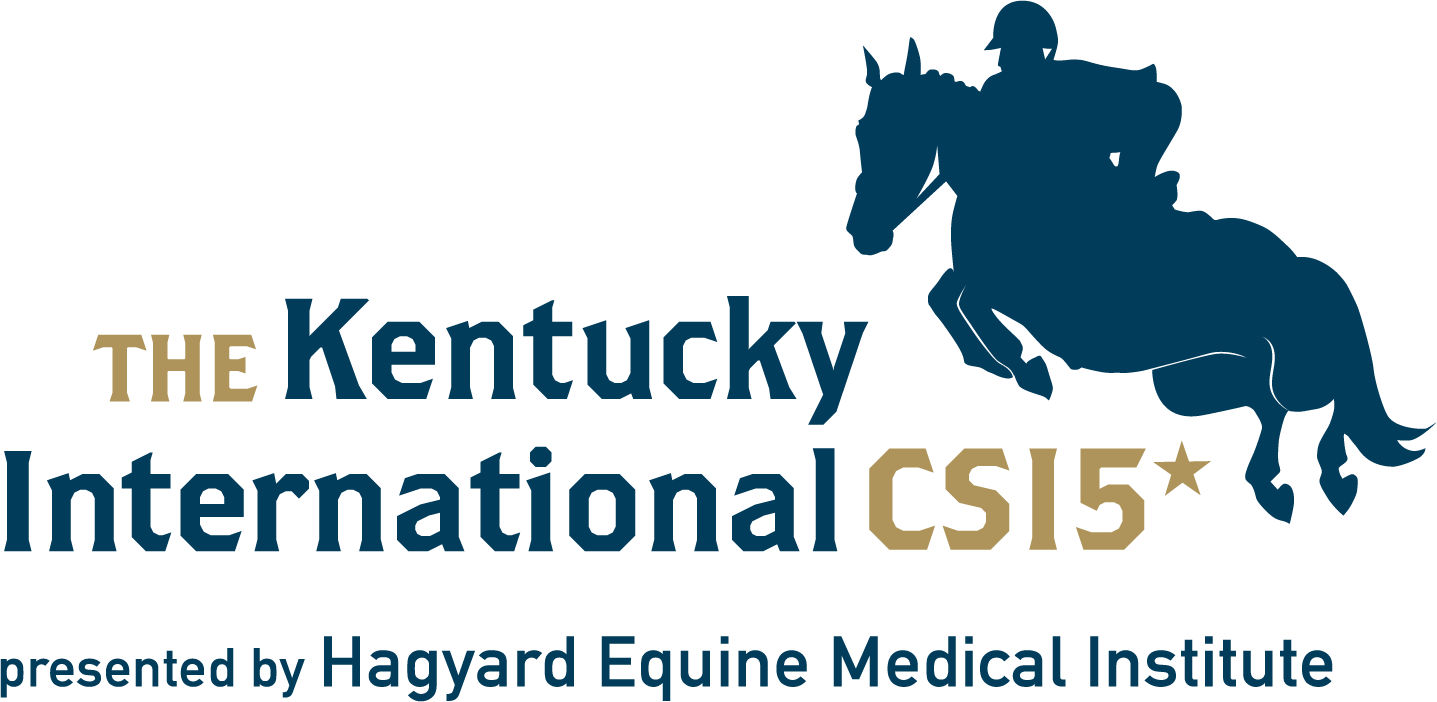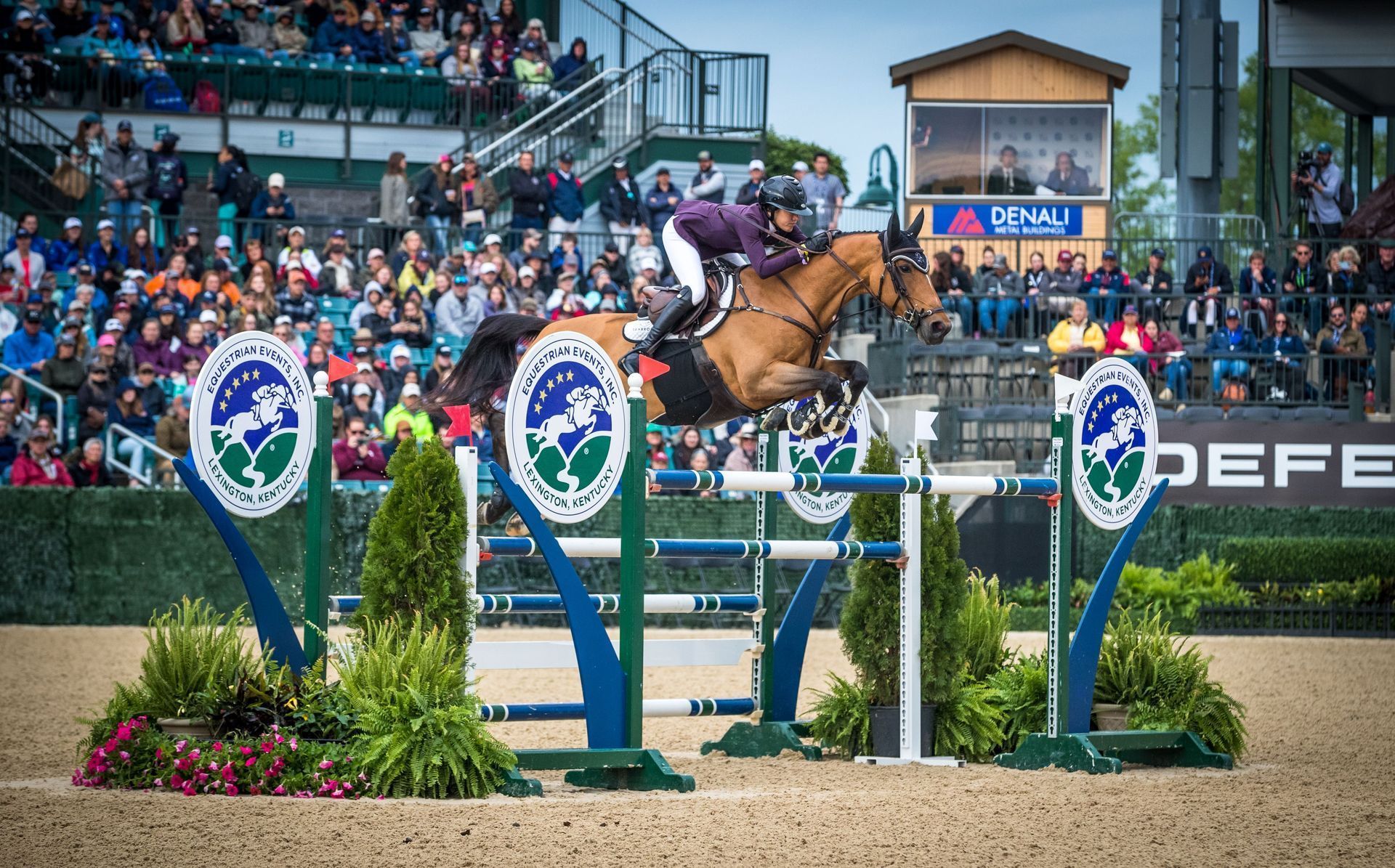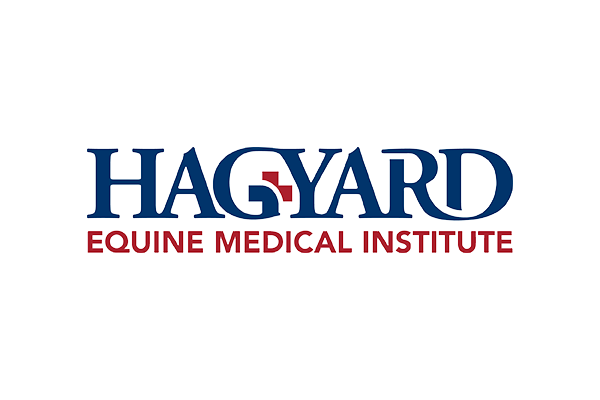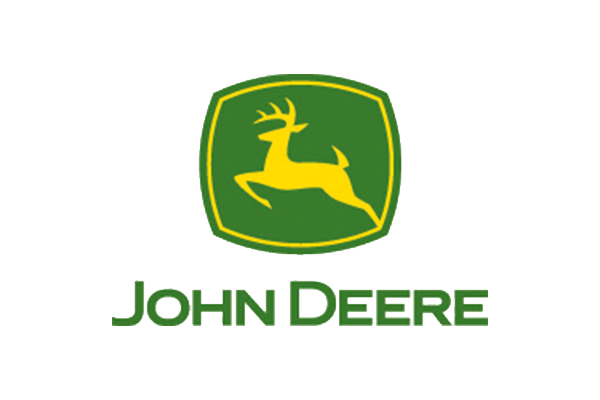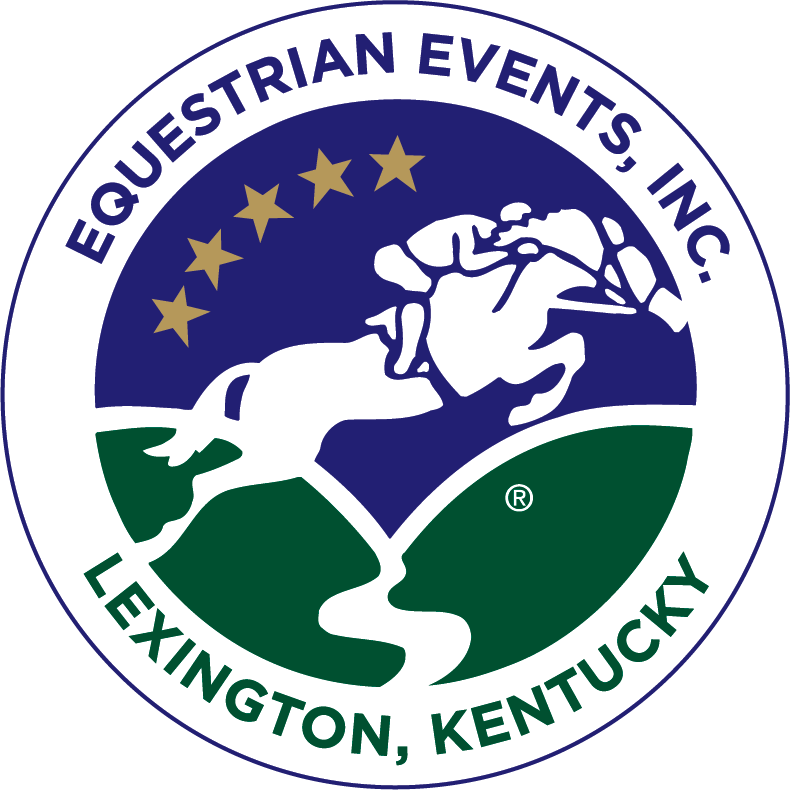The Hands that Build the Sport: Unsung Eventing Heroes, ft. Jim Graham
For Alabama native Jim Graham, eventing has been more than a sport — it’s been a lifelong journey shaped by resilience, opportunity, and a deep love for the horse. With over five decades in the saddle, Jim has worn nearly every hat: international competitor, trainer, FEI judge, mentor, and Technical Delegate. These diverse experiences have shaped him into one of eventing’s most respected voices, blending competitive success with an unwavering commitment to horsemanship.
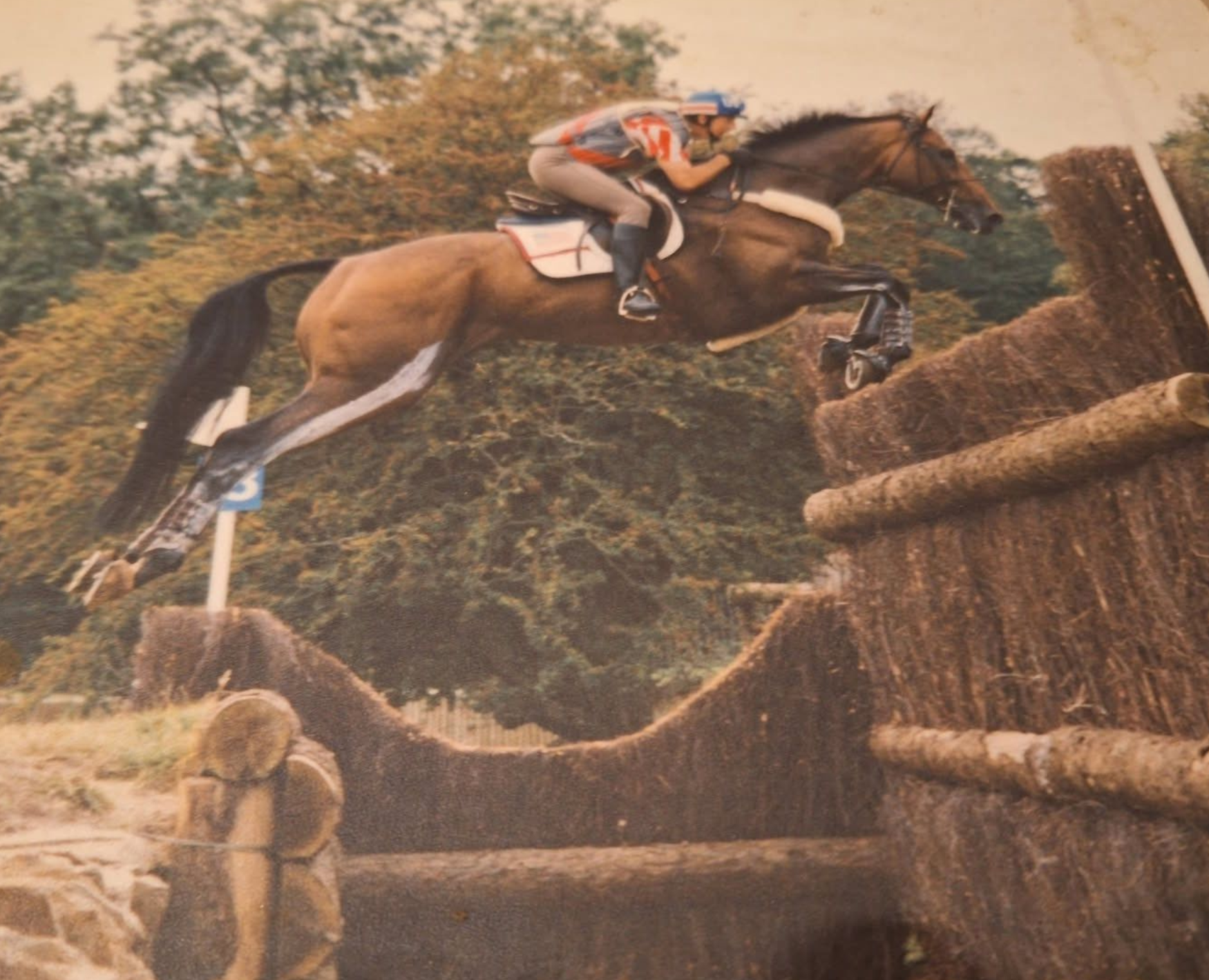
Jim’s equestrian roots trace back to Ft. Rucker, Alabama, where he began weekly Pony Club lessons under the watchful eye of General Jack Burton — an Olympic rider and FEI judge who would go on to influence every step of Jim’s career. As the family moved frequently due to his father’s military assignments, Burton often found himself transferred to the same locations, offering a rare consistency in Jim’s instruction.
In high school, Jim’s Olympic ambitions took a more serious turn. His parents invited General Burton over for dinner to discuss their son’s future. The outcome? A green horse named High End Ace and an invitation to train with the U.S. Equestrian Team in South Hamilton, Massachusetts.
There, Jim trained alongside future legends like Derek di Grazia and Bruce Davidson (Sr.) under coach Jack LeGoff. He remained in Massachusetts to work with Olympic gold medalist Tad Coffin and later became a working student for Jimmy Wofford. But success didn’t come easily. In the 1970s, Jim worked as a flight attendant, carefully selecting his flight routes to support his riding dreams. Eventually, the pull of the horse world proved irresistible, and Jim returned to training full-time — building a stable with a waiting list of eager working students.
His competitive resume speaks for itself: Burghley Horse Trials, Fair Hill International, the Checkmate Horse Trials, the Kentucky Three-Day Event — the list goes on. In 1992, after narrowly missing a spot on the Olympic team for Barcelona, Jim regrouped. With his horse Easter Parade — known as “Rosie” — he relocated to England to train with Mark Phillips. The experience would prove both humbling and transformative.
“I went to England to compete in Blenheim [International Horse Trials] which was a three-star at the time,” Jim recalls with a laugh. “While I was over there, Mark said I ought to do Burghley, so I did. I had no idea the difference between a three and four-star until I finished the competition."
Undeterred, Jim set his sights on the 1994 FEI World Equestrian Games (WEG). Following an ambitious international campaign, he earned a coveted spot on the U.S. squad bound for The Hague, Netherlands. Along the way, he and Easter Parade were entered for the prestigious Badminton Horse Trials — a testament to the pair’s standing on the world stage — though they ultimately withdrew before the first horse inspection, their focus firmly set on representing the United States at the World Equestrian Games.
“David O'Connor gave me his pinque coat as a congrats — it’s still hanging in my dining room. Fit me perfectly at the time,” Jim says proudly.
Graham and Rosie led the charge as trailblazers for the U.S. team on cross-country day, laying down a bold, composed round that provided valuable insights for the riders who followed. But on the final day of competition, Graham made the tough call to withdraw Rosie due to soundness concerns. While undeniably disappointing, he reflects on that moment as one of the most defining and transformative of his career.
“You want the world to see you have to take care of your soulmate,” Jim reflects. “It was the right horsemanship decision to make.”
Jim has spent the years since skillfully balancing roles as a trainer, judge, and mentor — each reinforcing the other.
“When you're judging, you need to have a laser eye. When you're training, you have to appreciate different types of horses and people. Some need to have their hand held, some need to be talked through it,” Jim explains.
A licensed FEI “I” judge in eventing and recognition as a nationally acclaimed dressage judge, Jim believes the overlapping roles have helped him grow both as a horseman and a person.
“All of my hats have had a positive impact on me, and I've tried to pass what knowledge I have — or don't have — onto my students no matter what level they are.”
As the sport has evolved, so too has Graham's approach to teaching.
“In the 1990s, the flying change in the advanced test was introduced — I had to dig deep and get help on the flat. Then narrows and skinny jumps came in. Course design changed, which forced me to evolve my teaching style,” he explains. “I've had to train my students to be more clean, more perfect. The sport has gotten more difficult, so I need to help them fine-tune. When they move up [through the levels], they might be shaking in their boots, but I know they have the education and ability to do it,” Jim says. “They surprise themselves, but they don't surprise me.”
Mentorship remains at the core of Graham's philosophy. His first clinic — at just 14 years old — was encouraged by none other than General Burton. Decades on, Jim draws inspiration from every rider he works with — from green novices to seasoned upper-level competitors. Now a full-time instructor and trainer, he shares his expertise through clinics held nationwide as well as at his own facility.
“Even if my students look at me and think I'm awesome, I need to keep driving to be better for them,” he says.
To the next generation, his advice is simple but steeped in hard-earned wisdom.
“Patience. Things take time. It's not going to happen today, tomorrow, next week…the horses are the easy ones. The human athletes are the difficult ones; they want everything right now.”
But above all, Graham emphasizes the value of horsemanship.
“Enjoy the process. It’s not all work, no play. The horses need a day off, they need a hack. Take the time to understand and know your horse’s brain. You need to learn how to truly ride; to sit the trot, jump without irons, clean your tack,” he says.
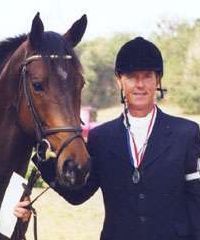
His guidance for fellow trainers is just as grounded, stating “when I teach the first lesson, the first person of the clinic, they hear my checklist…the more I teach, the less I say. Things take time, enjoy the process. With a little luck and the stars aligning in your favor, you'll meet your goal.”
And above all, let the horse guide the way.
“Re-route the horse based on what their goals are. Listen to the horse, train them correctly; if they like it, keep going.”
If there’s one thing Graham hopes his students carry with them, it’s this: “Take time, and patience, to do it right. Nothing comes overnight,” he says. “Do it right by seeking out good help. Stick with the program. Stick with it through the good, bad, and neutral…things should work out. Continue to seek help, but don't forget to take care of the horse.”
His hope for the next generation? A renewed focus on fundamentals, on horsemanship, and on embracing the long road.
“There's nothing like experience, because once you do it, you have the ability to teach it,” Graham says.
From his early days in Alabama Pony Club to the world’s biggest stages, Jim Graham’s legacy is one of perseverance, partnership, and profound respect for the horse — a testament to what’s possible when passion meets patience.
